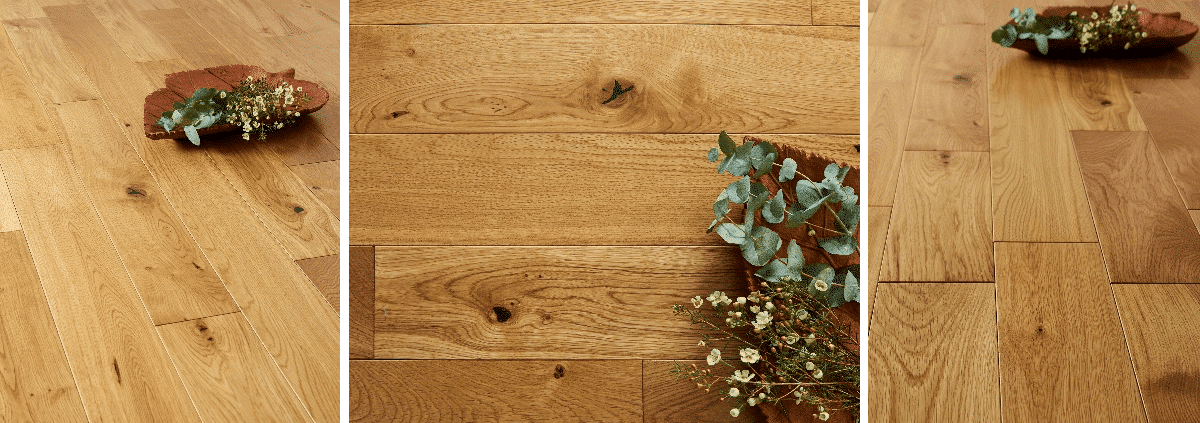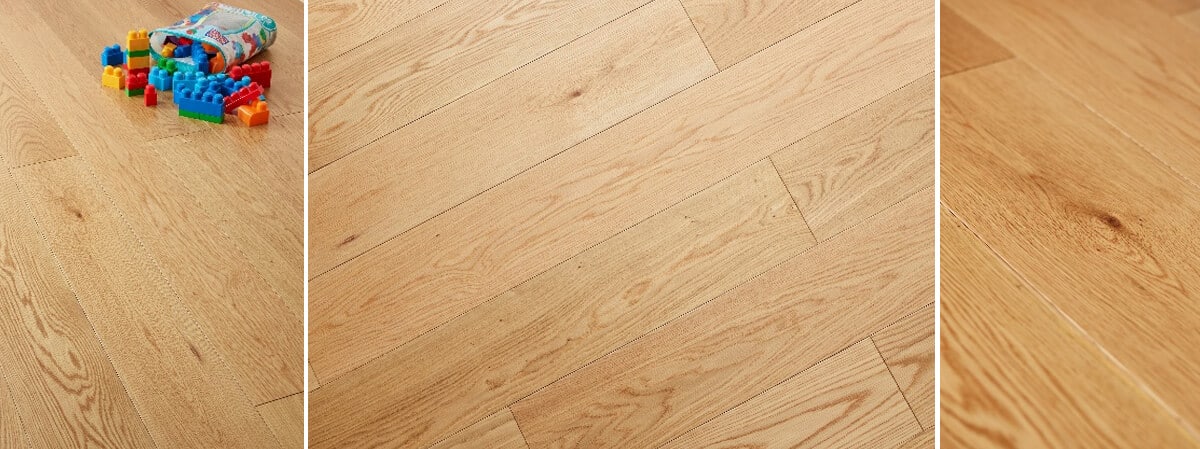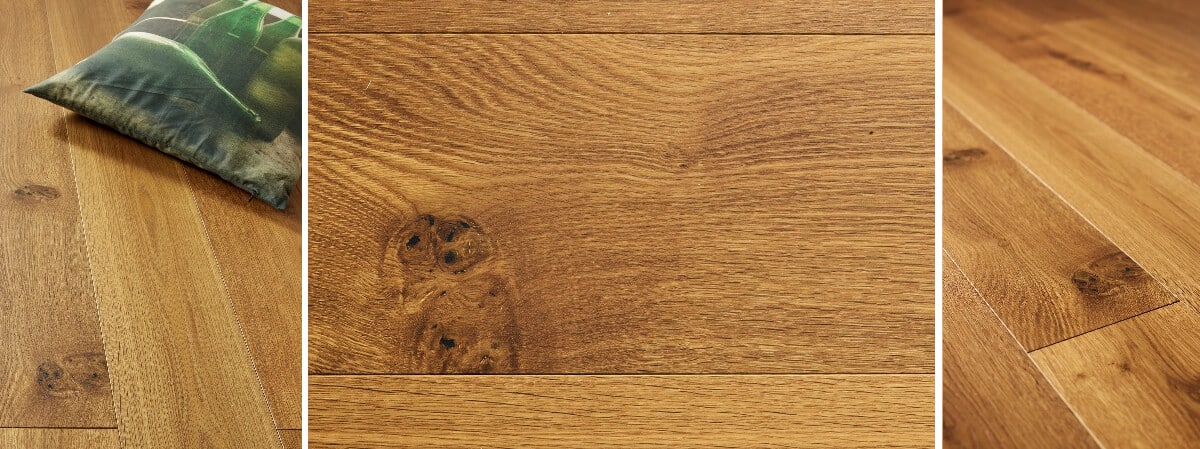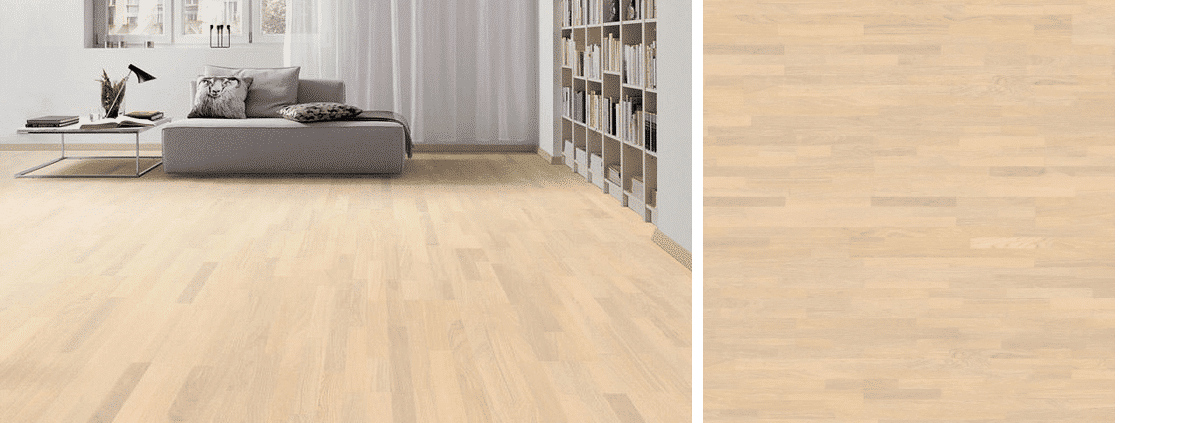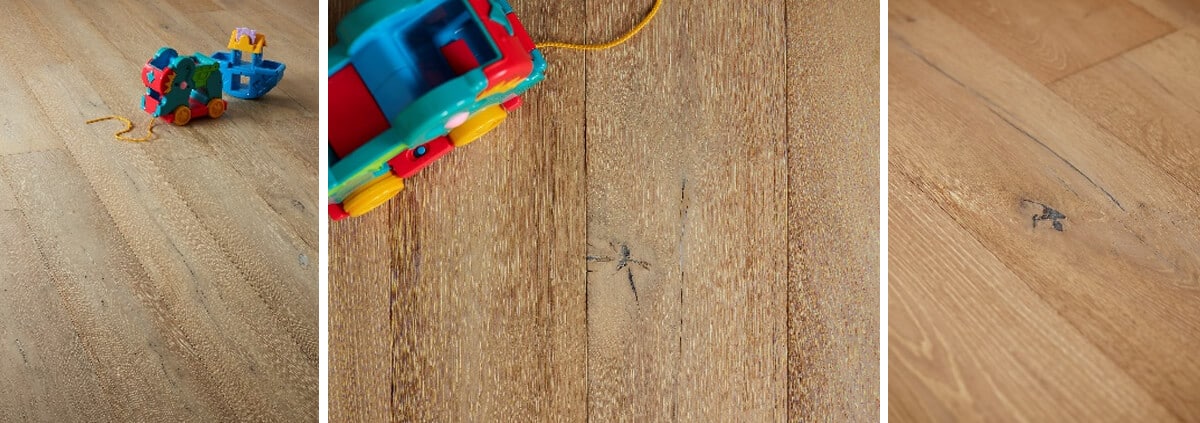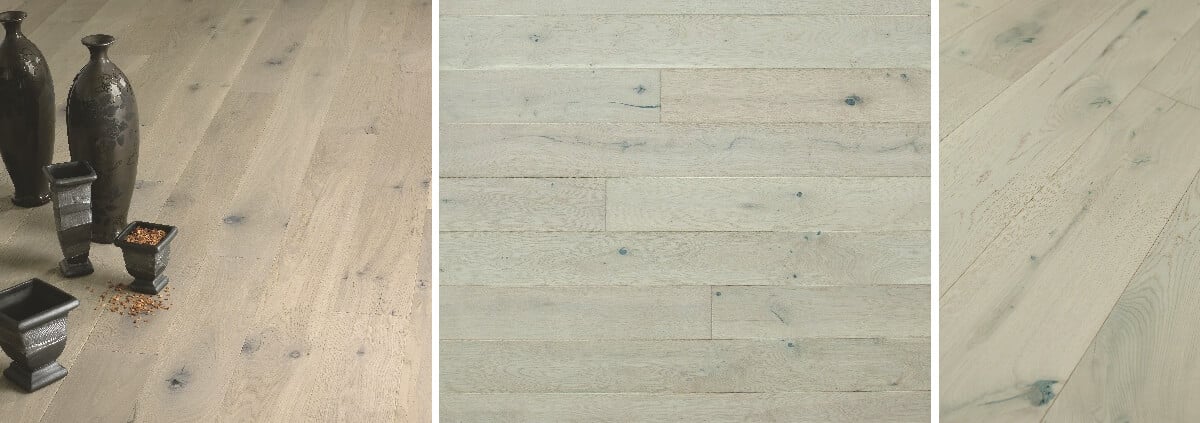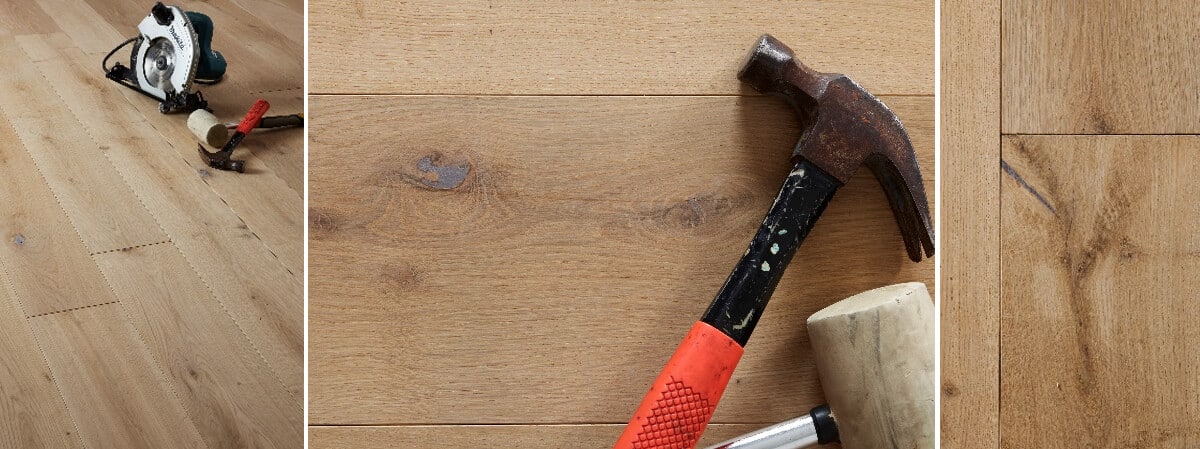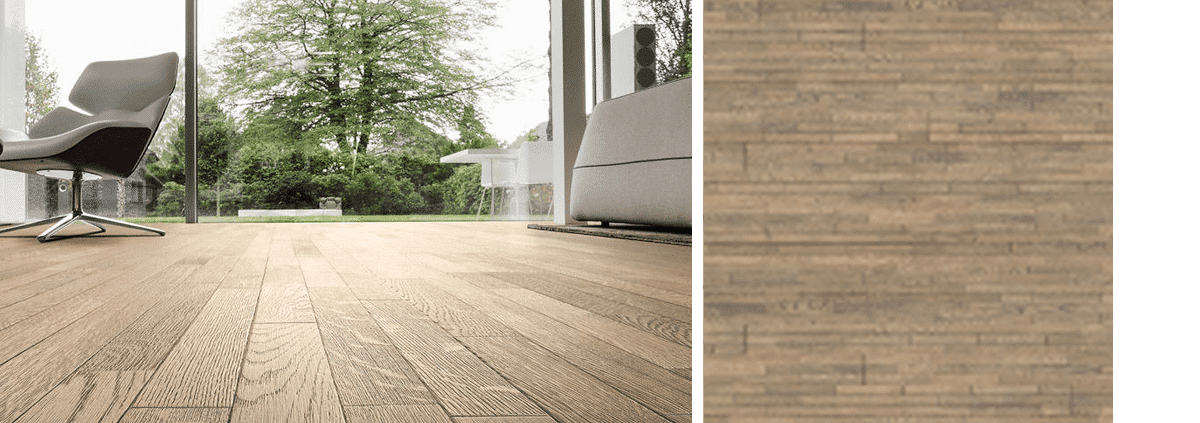hardwood floor finishing process: 7 steps to perfect floors
Hardwood Floor Finishing Process: A Complete Guide for Local Homeowners
If you are planning a hardwood flooring project in the United Kingdom, understanding the hardwood floor finishing process is essential to achieving a durable, beautiful result. Nationwide Hardwood Flooring Company offers expert guidance, top-quality materials, and professional installation services across the UK. This guide outlines the critical stages of finishing, what to expect at each step, and how to choose the right finish for your space. For more on related services, visit Nationwide Hardwood Flooring Company.
Overview of the Hardwood Floor Finishing Process
The hardwood floor finishing process transforms raw planks into a finished surface that is attractive, wear-resistant, and easy to maintain. The process typically includes surface preparation, sanding, staining (optional), and applying protective finishes. Proper finishing depends on the wood species, grade, and intended use of the room. Below is a detailed breakdown of each stage, with tips tailored to homeowners in the UK. You can explore related product options, such as herringbone multi-ply flooring for a premium look, or loch tay multi-ply flooring for durability in busy areas.
Pre-Construction Planning in the UK Context
Before any sanding begins, consider factors such as moisture content, room usage, and environmental conditions. In the UK, damp basements, underfloor heating, and humidity fluctuations can affect finish performance. A pre-installation assessment by a professional from Nationwide Hardwood Flooring Company helps ensure optimal results. See our installation overview at Wooden Floor Installation for more context.
Site Preparation
- Acclimatization: Allow engineered or solid hardwoods to acclimate to the room’s climate for at least 48–72 hours according to manufacturer guidelines.
- Moisture Testing: Verify subfloor moisture levels to prevent finish failure. For UK homes, aim for indoor RH around 40–60% where feasible.
- Cleanup: Remove furniture, protect doorways, and seal off adjacent areas to minimize dust.
Environmental Considerations
- Ventilation: Ensure adequate air movement during finishing to reduce fumes from solvents or primers.
- Low-VOC Finishes: In busy households, opt for low-VOC or water-based finishes that meet UK compliance standards.
- Allergen Awareness: Use dust containment and filtration to minimize irritation during sanding.
Sanding and Surface Preparation
Sanding is the foundation of a flawless finish. The goal is to create a smooth, level surface that accepts stain and sealer evenly. The process varies slightly for solid hardwood versus engineered options, and for different grades of wood such as oak or exotic species widely used in the UK market. For dust-free options see our Timbertop engineered flooring product line that complements dust-control practices.
Dry Sanding vs. Dust-Free Sanding
Traditional dry sanding generates dust, which can affect adjacent rooms. Many UK flooring installers, including Nationwide Hardwood Flooring Company, use dust-free or extraction-assisted sanding to minimize cleanup and health risks. Learn more about our finishing methods on the About Us page.
Granularity and Progression
- Coarse sandpaper (60–80 grit) to remove roughness and flatten the surface.
- Medium sandpaper (120–150 grit) to refine the surface for better sealer adhesion.
- Fine sandpaper (180–220 grit) for a smooth, ready-to-finish surface.
Edge Work and Transitions
Special attention is given to edges and corners, often requiring edging machines to blend field and border areas for a uniform finish. For examples of edge-to-edge finishes, see our Barn multi-ply flooring line as a reference for edge detailing.
Choosing the Right Finish
The finish forms the protective layer and determines sheen, durability, and maintenance needs. In the UK, finishes are available in several forms, including oil-based, water-based, and hybrid options. Each has distinct aesthetic and practical implications. Explore our Haro engineered flooring collection for complementary finishes.
Oil-Based Finishes
- Pros: Rich, amber-toned appearance, longer open time for leveling.
- Cons: Stronger odor and longer curing times; higher VOCs.
Water-Based Finishes
- Pros: Low odor, fast dry times, more UV-stable, less yellowing over time.
- Cons: Can appear a bit flatter in sheen depending on product.
Hybrid and UV-Cured Options
- Hybrid finishes blend advantages of oil and water-based systems with improved durability.
- UV-cured finishes offer rapid curing and strong protection, suitable for high-traffic areas.
Sheen Levels
Sheen ranges from matte to high gloss. A common UK choice for living areas is satin or semi-gloss for easier maintenance and scratch concealment.
Staining and Color Considerations
Staining provides color depth and character. Oak and other common UK wood species respond well to contemporary stains, including natural, weathered, or deep espresso tones. Factors to consider include:
- Wood grain visibility: Lighter stains preserve natural character; darker stains enhance contrast in the grain.
- Room lighting: Natural light in bays or south-facing rooms can affect perceived color.
- Consistency across boards: Some variance in shade is natural; plan for a cohesive look across the floor.
Durability and Finishes
Finishes protect against wear, moisture, and stains. For commercial spaces, heavy traffic, and rooms with water exposure (such as kitchens and bathrooms), choose finishes designed for durability and moisture resistance. See our range of engineered and solid floors for durability comparisons: Loch Achray and Chatsworth herringbone.
Application by Finish Type
- Residential living spaces: Water-based polyurethane for quick return to service. See Timbertop engineered flooring for compatible finishes.
- Commercial spaces: High solids or UV-cured finishes for superior durability.
- Bathrooms and kitchens: Waterborne options with excellent moisture resistance when properly installed.
Engineered vs Solid Hardwood Scenarios
Your choice between engineered hardwood flooring and solid hardwood flooring influences the finishing process. Engineered floors are designed to handle moisture and radiant heat better, while solid woods offer a traditional feel and potentially longer lifespan in appropriate conditions.
Engineered Hardwood Finishing Nuances
- Stability: Engineered cores reduce expansion and contraction, leading to more consistent finishes in variable UK climates.
- Appearance: Finishes adhere similarly to solid wood, but the core material may slightly affect the edge details after sanding.
Solid Hardwood Finishing Nuances
- Expansion gaps: Maintain proper gaps around room perimeters to accommodate seasonal movement.
- Edge treatment: Seamless edges require meticulous sanding to avoid noticeable transitions.
Pattern and Chevron Considerations
Herringbone and chevron patterns are popular in the UK for adding architectural interest. Finishing these patterns requires careful planning to ensure consistent color and sheen across the angled boards.
Pattern-Specific Steps
- Precise layout: Ensure boards are cut to exact angles for tight joints.
- Staining consistency: Apply stain methodically to avoid color variation at joints.
- Sealing: Use compatible finishes that do not pool in low spots between joints.
Quality Checks
After the finish has cured, conduct a thorough inspection for adhesion, color consistency, and surface defects. Look for:
- Dust nibs, fuzz, or debris trapped in the finish
- Uneven sheen or lap marks
- Soft spots or dull areas indicating incomplete cure
Maintenance Practices
Proper maintenance extends the life of a finished hardwood floor. UK homeowners should consider routine cleaning, protective measures, and periodic re-finishing based on wear patterns.
- Daily care: Use a microfiber mop and avoid excessive water.
- Preventive measures: Place felt pads under furniture and use doormats at entryways.
- Refinishing schedules: Depending on traffic, recoat every 5–7 years or as recommended by Nationwide Hardwood Flooring Company.
Expertise and Local Focus
Nationwide Hardwood Flooring Company serves customers across the United Kingdom. When planning a project, it helps to consider local hotspots, climate considerations, and regional design trends. For example, urban centers such as London, Manchester, Birmingham, and Leeds have high demand for engineered timber floors and herringbone patterns due to their modern interior aesthetics. Coastal towns may favor durable finishes that resist humidity, while rural homes often prioritize traditional oak flooring with warm tones. Our local teams can tailor the finishing approach to your property type and location. Learn more about our services at About Nationwide and view our client projects at Our Work.
Choosing Nationwide for Your Flooring
With a focus on quality, value, and service, Nationwide Hardwood Flooring Company provides comprehensive solutions from initial consultation through installation and aftercare. We offer affordable options, including discount wood flooring and cheap hardwood flooring choices, without compromising on finish quality or durability. See more products at NHF Company.
Conclusion: Achieving a Superior Hardwood Floor Finish
Understanding the hardwood floor finishing process helps homeowners make informed choices and collaborate effectively with our team. By selecting the right materials, adhering to proper preparation, and choosing an appropriate finish, you can enjoy a long-lasting, stunning floor that enhances any UK living space. For expert guidance and local service, contact Nationwide Hardwood Flooring Company at tel 07940 528 315 or enquiries@nhfcompany.co.uk.


